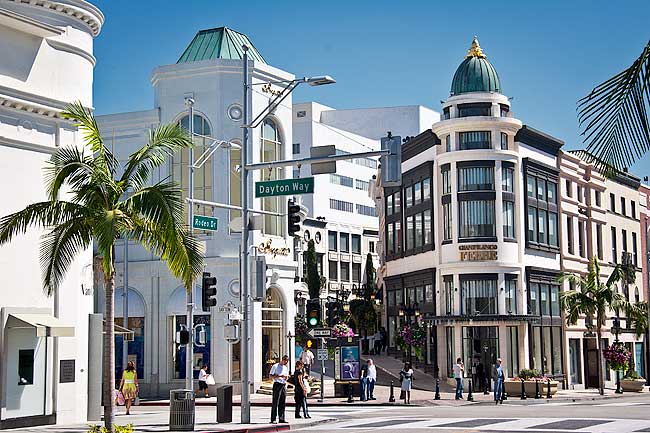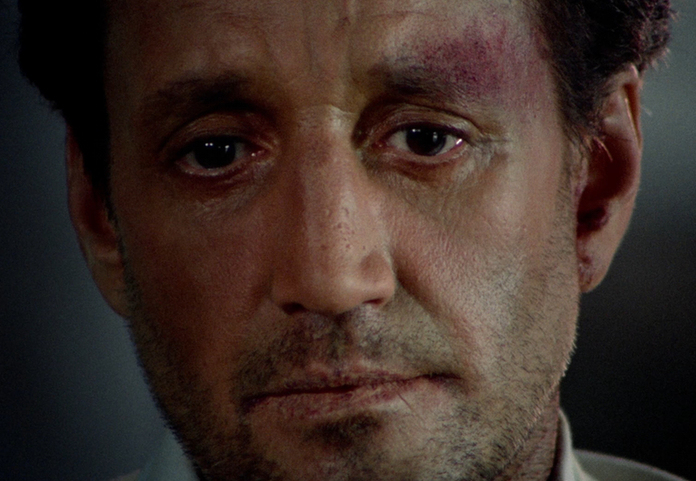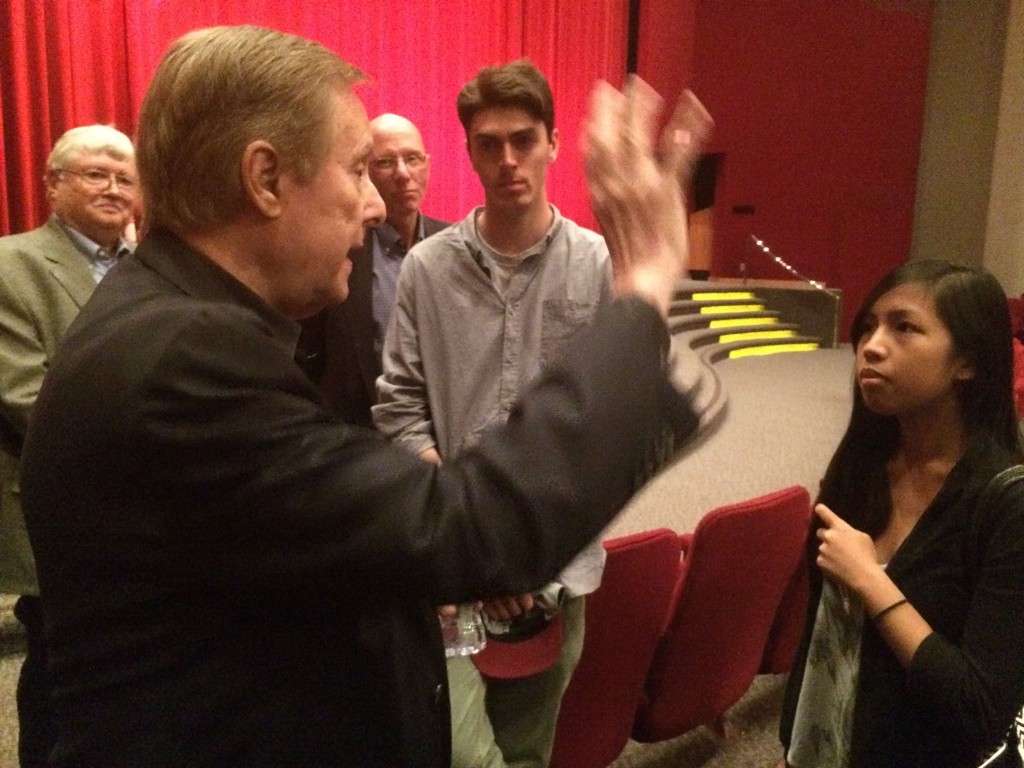Tinseltown. The City of Angels. La-La Land. The Big Orange.
These are all nicknames for the city of Los Angeles, a city that is considered to be the creative capital of the world. When I arrived in L.A. for the first time (that I can remember), it was to start my first year at Colorado College. Most people wouldn’t count LAX as “seeing L.A.”, but despite the long immigration lines and confusing airport layout, I definitely felt that the experience counted. When our class first stepped out of the Oakwood, I expected the city to be 90% Hollywood and always full of traffic: I was half-correct. The city is actually sprawling and so much more than celebrity central: Los Angeles is full of museums and other local landmarks that establish a culture outside of the entertainment industry.
Because Los Angeles is known worldwide for its star power, when we were given a free afternoon to explore I decided to walk the Hollywood mile. I had an incredible time discovering stars on the Walk of Fame, and I can attest to at least 20 photos on my phone (what will I do with them? Maybe create a mini photo album of some sort). Yet despite taking advantage of the discounted price tag and exploring the ‘fun’ museums such as Ripley’s Believe It Or Not, I sadly learned that most fun things in Los Angeles are not free – unless you are a local and know where to look. Since we had plenty of time left before returning to the TCM Festival, I chose to take an Uber to The Grove and explore the Farmer’s Market – surely there would be more locals there?
As I walked around the deliciously smelling stalls of the Farmer’s Market, I realized that Los Angeles is a city of people: and by people, I mean persons of every kind. Sure there were tons of tourists, but popping up every once in a while was a person cool as a cucumber (local, or just full of self-confidence? I couldn’t decide). There were definitely more tourists when my aunt drove around Rodeo Drive (easily spotted due to the group nature, pointing at everything, and multitude of camera snaps), but since tourism is one of the biggest economic benefits, who am I to complain?
Based on my experiences in class, Los Angeles is definitely a city worth visiting, even if you’re not one bit interested in who is going to win the next Oscar.



